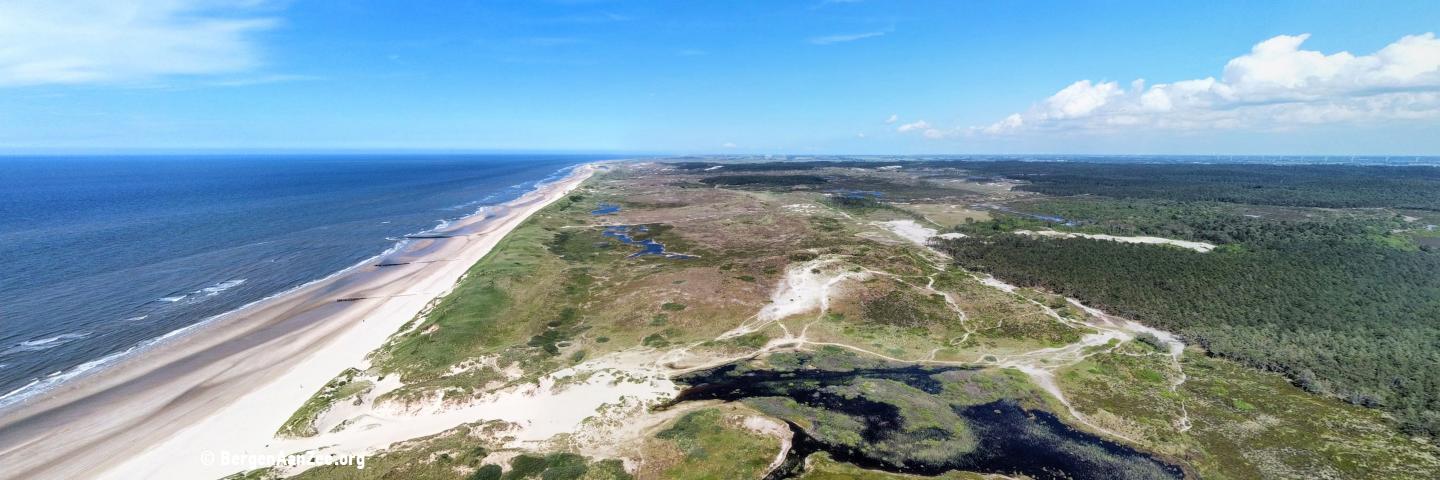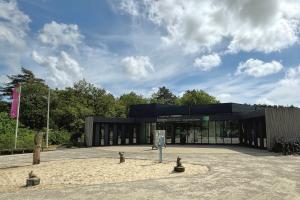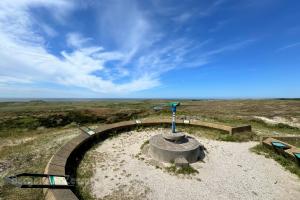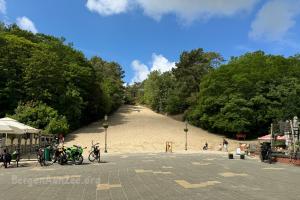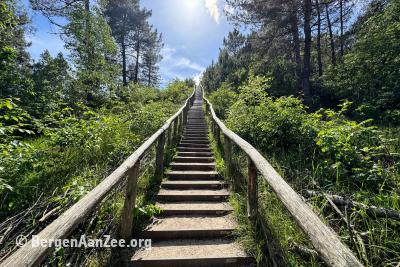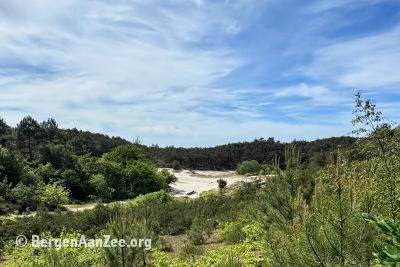
The Schoorl Dunes invite you for a unique experience in the widest and tallest dune area of the Netherlands. This vast nature reserve, managed by Staatsbosbeheer, is the perfect location for lovers of nature, tranquility, and outdoor activities.
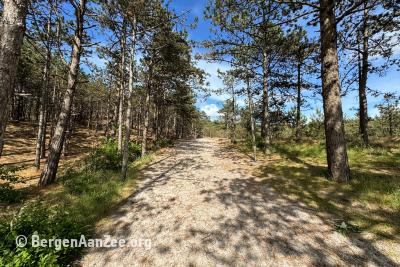
Why visit the Schoorl Dunes?
There are countless reasons to visit this beautiful natural area:
- It houses the tallest dunes in the Netherlands, with peaks rising more than 50 meters above sea level.
- The area offers beautiful hiking and cycling routes through forests, heathlands, and dune landscapes.
- For the adventurous visitor, there are mountain bike trails winding through the rugged terrain.
- The diversity of flora and fauna is impressive, with a chance of spotting rare bird species and the flowering of unique dune plants.
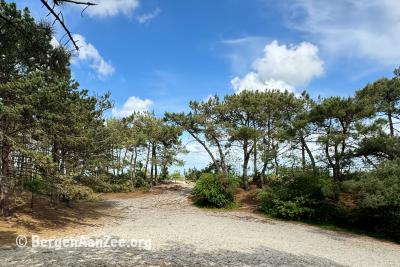
Characteristics of the Schoorl Dunes
Discover the various facets that make the Schoorl Dunes so special:
- Rolling dunes: Explore the expanse of the dunes that are nowhere in the Netherlands wider and higher. With some areas stretching up to five kilometers wide, this landscape offers an unparalleled experience of space and freedom.
Particularly special are places like De Kerf where sand can blow over again and create new landscape forms. This phenomenon illustrates the constant change and natural dynamics of the dunes. - Bird-rich forests and open heathlands: Walk through the dense forests rich in avifauna and admire the open heathlands that present a colourful palette of flora. These areas form a crucial habitat for many species and are essential for the conservation of biodiversity.
- The dynamics of water and land: Special attention deserves the cut in the dunes, where the sea and the land meet. This dynamic area shows the constant change and natural power of our coastlines.
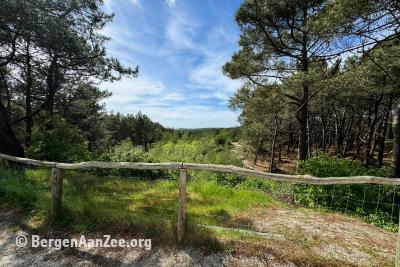
Activities for Everyone
Whether you are an avid cyclist, skater, rider, or simply seek tranquility, the Schoorl Dunes offer something for everyone. The variety of paths and routes ensure that every visitor can find a unique experience that suits them.
Seasonal Beauty
Each season colours the Schoorl Dunes in a unique way:
- Winter: A serene silence covers the landscape, with frost sparkling on the branches.
- Spring: The area comes to life with the song of birds, including the green woodpecker and the nightjar, making their presence known.
- Summer: The dunes bloom with thousands of dwarf rattlesnakes, and the heather turns purple, a true spectacle for the eye.
- Autumn: With more than 800 species of mushrooms, this season is a feast for nature lovers and photographers.
Flora and Fauna
The Schoorl Dunes are rich in special plants and animal species:
- Flora: Besides the characteristic heather and dwarf rattlesnake weed, you will find salt-tolerant plants such as salt marsh grass, sea kale, and sea aster, forming a unique ecosystem.
- Fauna: The area is a refuge for sand lizards, burrowing bees and wasps, and serves as a breeding ground for various bird species, including the green woodpecker, woodcock, and nightjar.
